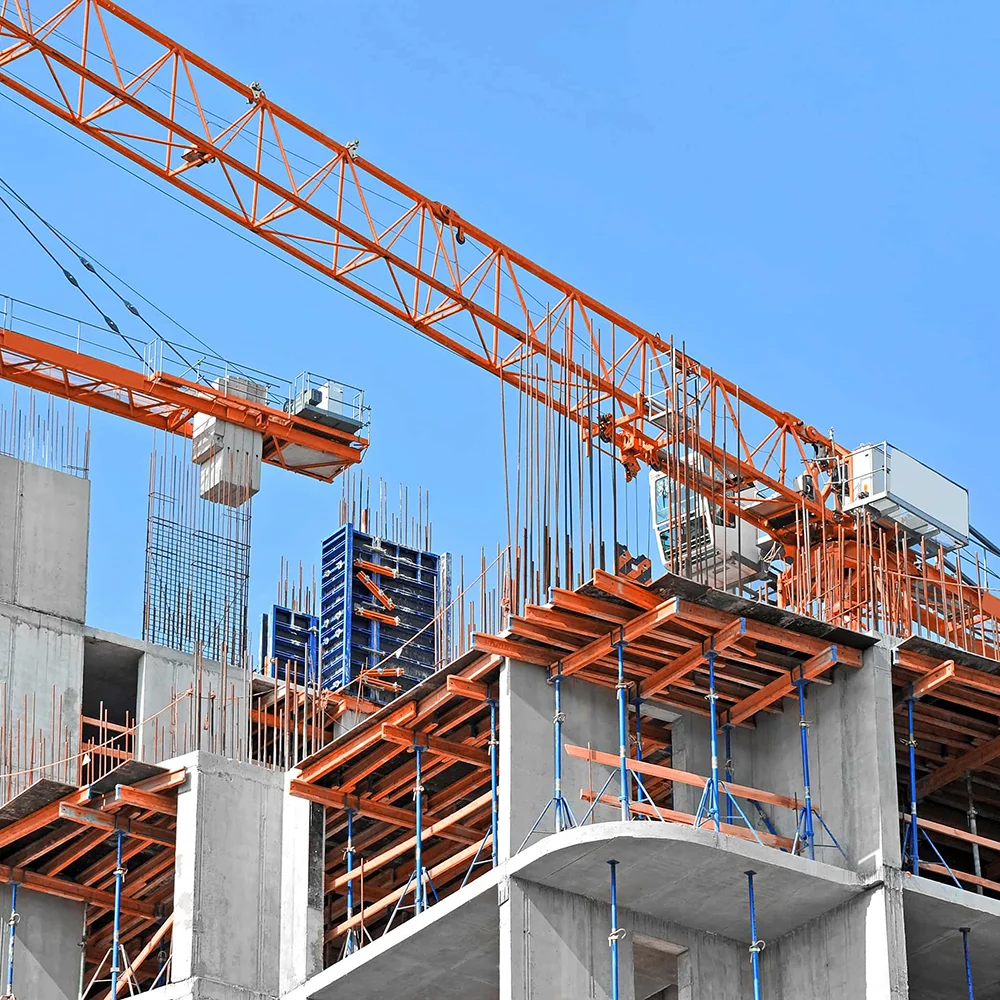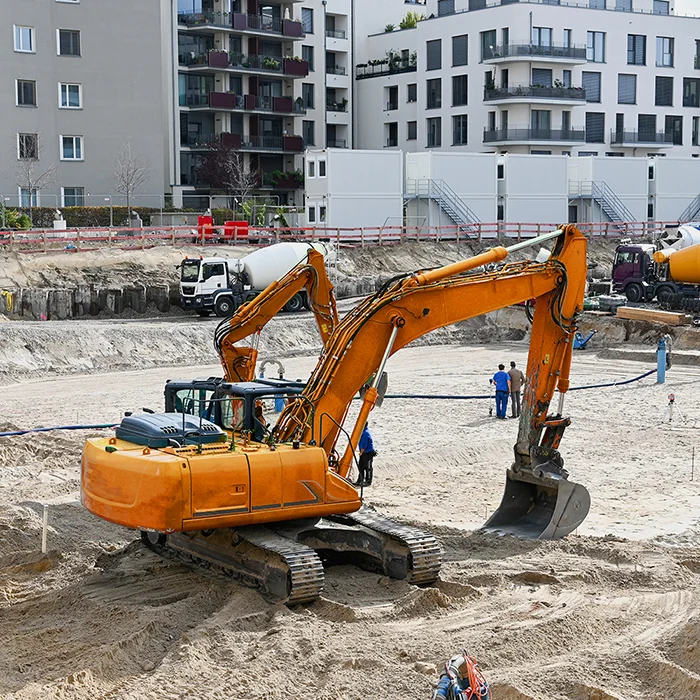
Concrete Estimating Services | Guide to Accurate Takeoffs & Cost Control
Concrete is the backbone of most construction projects. From foundations and slabs to beams and columns, it forms the structural strength of a building. But with rising material prices and complex site conditions, controlling costs has become a challenge. This is where accurate concrete estimating services play a critical role, ensuring projects stay on budget without compromising quality.
Unlike other trades, concrete work involves multiple layers of complexity. Factors like material mix ratios, reinforcement steel, labor hours, and curing time all affect costs. Without precise estimates, contractors may face excess ordering, material shortages, or labor inefficiencies. A clear estimate not only improves budgeting but also ensures smoother scheduling and resource allocation throughout the project.
Common Causes of Budget Overruns in Concrete Projects
Many concrete-related overruns stem from early planning mistakes. Misjudging material requirements, overlooking reinforcement quantities, or ignoring labor productivity rates can quickly escalate costs. Unexpected site conditions, such as poor soil stability or weather delays, further increase the risk. These challenges highlight the need for detailed takeoffs and accurate forecasts before work begins.
How Professional Concrete Estimating Helps
Professional estimators bring clarity and control to complex concrete projects. By analyzing project drawings, specifications, and schedules, they provide detailed material and labor breakdowns. Updated cost databases ensure that every figure reflects real market conditions. This level of precision not only minimizes errors but also gives contractors the confidence to bid competitively while protecting profit margins.
Best Practices for Accurate Concrete Estimating
While no project is free from risks, following key practices greatly reduces the chance of overruns:
Work with Updated Prices – Concrete and reinforcement costs fluctuate regularly. Always rely on current data.
Account for Wastage – Including realistic waste factors prevents shortages during critical phases.
Factor in Site Conditions – Weather, access points, and soil conditions can influence productivity and costs.
Review Estimates During Each Stage – Updating estimates as the design evolves keeps budgets realistic.
Take the example of a multi-story commercial building. If the estimator undercalculates rebar requirements for slabs and beams, the project could face both cost and schedule disruptions. A professional estimate, however, ensures reinforcement, formwork, and labor hours are properly accounted for—helping the contractor avoid mid-project surprises.
Conclusion
Concrete is one of the most cost-intensive trades in construction, and even small errors in estimating can create large financial consequences. By investing in professional concrete estimating services, contractors and developers gain accuracy, efficiency, and control. The result is stronger financial planning, fewer risks, and a project that moves forward with confidence.
Need accurate concrete estimates for your next project? Our experts deliver detailed takeoffs and reliable cost forecasts to help you stay within budget from day one.







